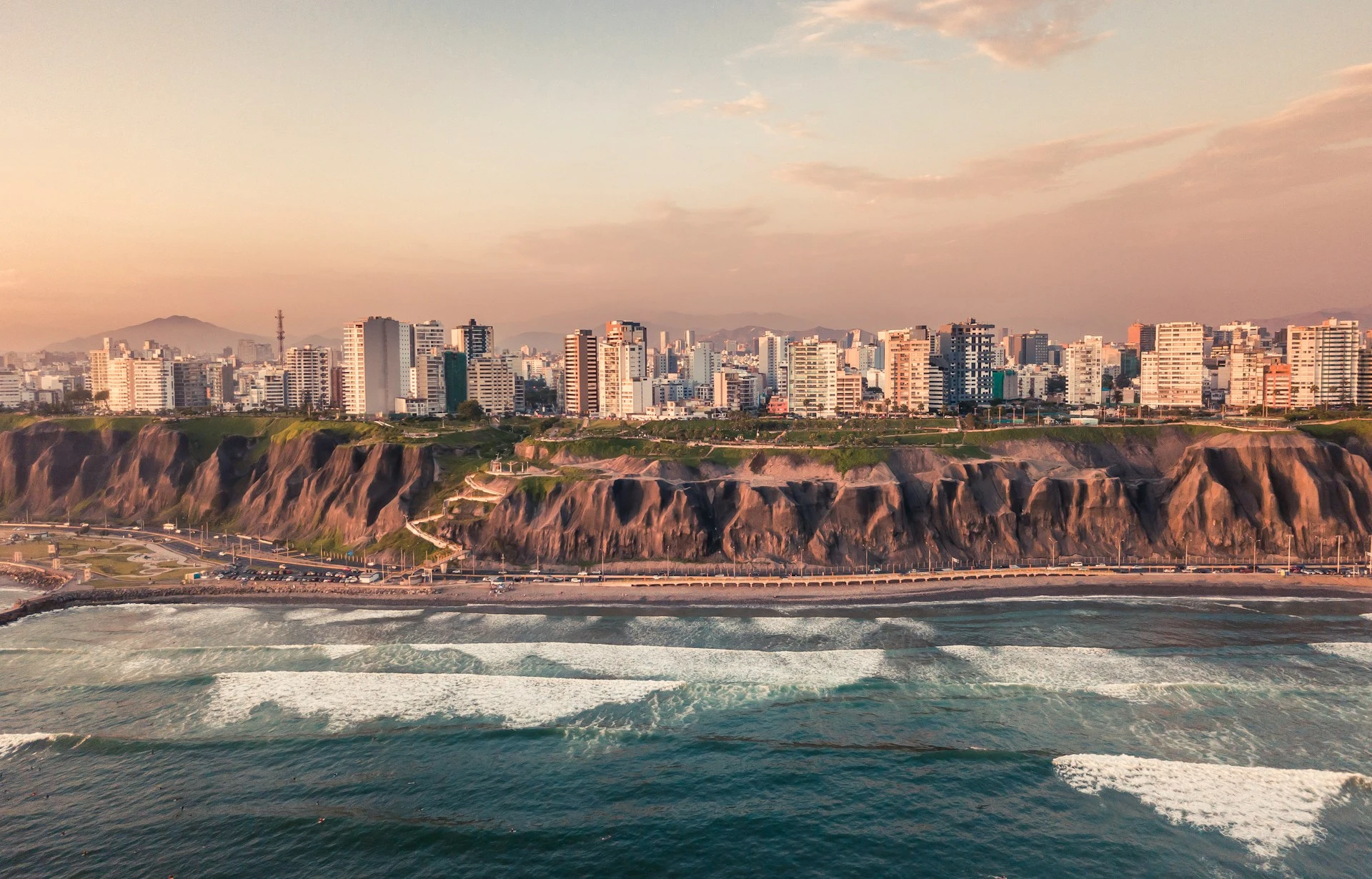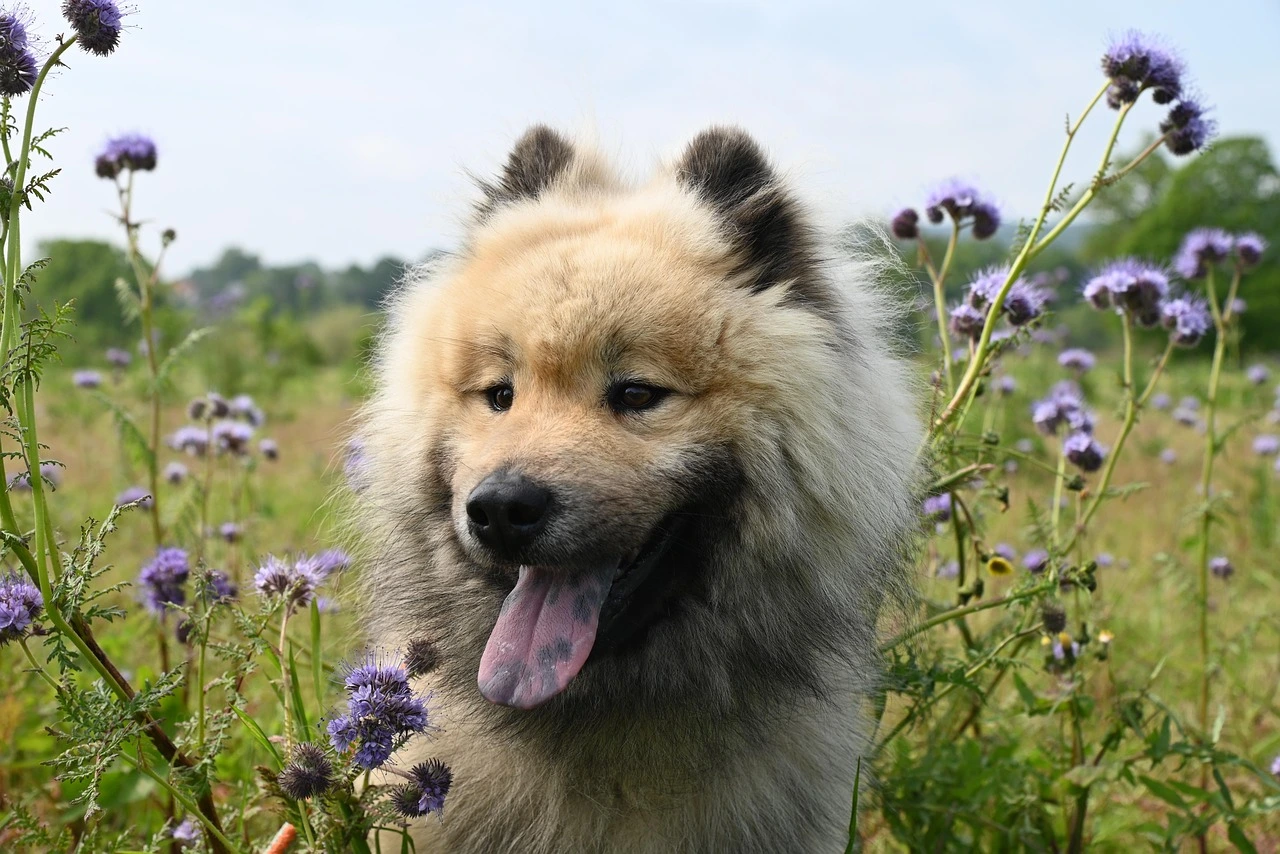Iceland has inspired so many fantastical series like Game of Thrones and The Lord of the Rings. But Iceland is just as fantastical—if not more so—than all of these pop culture experiences. We’ve got so much in store for you in this article, but let’s kick it off with a bit on Icelandic culture. Stay tuned for must-see sights and travel tips!
It is easy to see how authors and filmmakers have been influenced by the beauty of Iceland, especially due to how much folklore is weaved into the culture of its people.
More than half of the nation believes in elves, which they call “hidden people.” It’s even considered bad luck to deny their existence! Legend has it that Eve hadn’t finished washing all her children when God came to visit, so she had to forever hide the unwashed children away.
The elves live in lava rocks, and there are even times when the highway department consults “elf experts” who can recommend alternative routes avoiding elves and their homes.
Besides elves and trolls—which we will get into a little later on—there are many instances of the importance of art in Iceland through festivals like Iceland Airwaves, Sónar, and Secret Solstice. They even have their own form of knitting where you hold the ball of yarn in your left hand!
There are many ways to experience Icelandic culture for yourself, so let’s check out a few options to add to your list when you book a trip to the land of fire and ice.
Attraction #1: Museums
There are plenty of museums to choose from when it comes to Iceland, even though the entire country has a population of roughly 395,000 people in it.
The Saga Museum
There is the Saga Museum to begin with. They have guided tours with an audio device offered in English, Icelandic, French, German, Russian, Spanish, and Swedish.
You can also purchase the audio recordings in the form of a booklet. You are allowed to take pictures, as well. It’s open daily from 10 a.m. to 4 p.m. and ticket prices are reasonable. At current exchange rates, adult tickets are about $26, seniors/disabled person/students’ tickets are $22, and children aged 6-12 get in for $7.
There are currently 17 exhibits ranging from history on the first inhabitants and Ingólfur Arnarson, the first Icelander, to Iceland’s conversion to Christianity (Thorgeir Ljosvetningagodi) and the country’s first martyr, Sister Katrin.
The Reykjavik City Museum
The next museum is a five-in-one site to visit. The Reykjavik City Museum has five separate parts that collectively make up the city museum. The first part is the Árbær Open Air Museum. Adults can get in for about $17, and students with their student cards can access the museum for roughly $10 and som change.
Children and disabled individuals have free admission. The museum is divided up into a square, village, and countryside section to show the small-town lifestyles of the 19th and 20th centuries. In the summertime, staff even dresses up in olden-time clothes.
From September to May they are open from 1 p.m. to 5 p.m., and from June to August they’re open from 10 a.m. to 5 p.m.
The Settlement Exhibition
The next stop in the city museum group is the Settlement Exhibition in Aðalstræti. Open daily from 10 a.m. to 5 p.m., the exhibition is about the development of Reykjavík from a farm to a city. Following that is the Reykjavík Maritime Museum.
Open at the same hours as the Settlement Exhibition, this museum is located by the old harbor in Reykjavík and was founded in 2004. In 2008, the famous Coast Guard Vessel Óðinn was added to its collection. Ticket prices are the same as the Árbær Open Air Museum’s.
The Reyjavík Museum of Photography
Then we have the Reyjavík Museum of Photography. Their hours are a bit wonky (Monday to Thursday 10 a.m. to 6 p.m., Friday 11 a.m. to 6 p.m., and Saturday/Sunday 1 p.m. up 5 p.m.); but adults can get in for about $10, and children have free admission.
The Museum of Photography is a historical museum while also being a preservation center for contemporary photography. They even have an onscreen archive of thousands of images from the past with some even dating back to 1860!
Viðey Island

The final piece is the Viðey Island. Only reachable by a 5-10 minute cruise to the island (check out the Ferry schedule here), this island houses two of the country’s oldest buildings: the Viðey Church and Viðey House. The archaeological remains on the island date back to the settlement period.
The Culture House
Our last museum is The House of Collections, which used to be known as The Culture House. It was opened in 1909 and currently houses the National Library and National Archives of Iceland. In 2013, it merged with the National Museum of Iceland. Many institutions use the facility for exhibitions you’re sure to enjoy on your visit.
Fun fact: the building’s old caretaker Frederick Kiörboe designed the oak furniture you find inside today.
Attraction #2: Swimming
Many people in Iceland, especially tourists, swim to warm up from the cold Icelandic air. We have three spots you can check out if you want to take a little dip.
The Hofsós Swimming Pool

The first is the Hofsós Swimming Pool.
Located in Skagafjörður on the Trollaskagi Peninsula, the infinity pool looks out over the island of Drangey and the fjord. Below the pool are basalt formations at Staðarbjargavik, which is rumored to be the capital of the Skagafjörður elves! The best times to visit here if you want to avoid crowds is really early in the morning or right before it closes.
Views are better in the summer, but you can take some beautifully snowy photos in the winter. There’s the pool but also a hot tub, which is obviously warmer but smaller.
The Hot Pools in Drangsnes
Next are the hot pools in Drangsnes. These man-made geothermal pools are along the shoreline in the middle of the Drangsnes Village in Westfjords. This is a great place to meet locals and talk about anything (or nothing!).
Great tip: there are changing rooms and showers across the street to change into your swimsuit. Showering prior to bathing is a requirement! Remember the trolls from before? Well, the folklore around these pools is that three trolls wanted to keep a portion of the land as purely troll territory separate from the Vikings.
They planned to dig a channel separating the areas, but they got caught in the sun’s rays and turned into the three stone pillars at Drangsnes. One troll is said to have slammed her shovel down in anger, breaking off a piece of land they now call Grimsey Island. The rocks are called “drangur,” hence the village’s name.
The Mývatn Nature Baths

The final swimming location, the Mývatn Nature Baths, we are mentioning for two reasons. The first one is that the natural, geothermal steam baths here have large panoramic windows overlooking Lake Mývatn.
The second one is that nearby is the Goðafoss Waterfall. Aptly called the “Waterfall of the Gods,” this waterfall is unlike any other you’ve ever seen. The blue glacial water that flows over a semi-circular arc creates a swirling pattern in the water amidst the surrounding lava. Now, how’s that for fantastical?
Attraction #3: Sights
For you non-museum-goers and anti-swimmers, we have other stops you can check out when you visit Iceland.
The Laugardalur Family Park and Zoo
Firstly, we have the Laugardalur Family Park and Zoo. Laugardalur means “hot spring valley,” and up until the 1930s, the women washed their laundry in the area’s hot springs.
You can still see the brickwork washbasins if you enter the valley from the north! The park isn’t officially open during the winter, but you can find tons of rides and festivals there during the summer. The zoo has plenty of wild mammals like foxes, minks, reindeer, and speckled seals, bees growing up in beehives, and domesticated animals like guinea pigs and rabbits. They also have a facility for treating injured wild birds.
The Þinvellier National Park
The next sight is, understandably, an UNESCO World Heritage site since 2004. Established in 1928, Þinvellier National Park is Iceland’s first national park.
It has numerous hiking trails associated with the abandoned farms in the area and horseback riding routes. The visitor center has interactive exhibitions, a coffee shop, and a souvenir shop. Enormous fissures, like Almannagjá, are throughout the park due to tectonic forces tearing apart the lava fields, and you can horseback ride or hike through the valleys created there.
It’s open 24/7 with no entrance fee (only parking fees), and you can even fish and scuba dive in the Silfra fissure.
The Hallgrimskirkja Church
Our final Icelandic stop is of course the Hallgrimskirkja Church.
An Evangelical-Luterhan church dedicated to the Icelandic poet and 17th century clergyman Hallgrímur Pétursson (author of the Hymns of the Passion), the Hallgrimskirkja Church is the largest church in Iceland with a tower that’s 73 meters high (roughly 240 feet tall!).
The opening hours vary of course because it is a church after all and has weddings, mass, funerals, and concerts. You can check here for their frequently updated hours.
Ticket prices are about $10 for adults, $1.45 for children, and $7 for seniors, the disabled, and students.
They have discounts for groups of 10 or more who pay together. There is no prebooking available for visiting the tower, and they accept many currencies and credit/debit cards except American Express and Discover.
There are some things you must know prior to visiting the church:
- There is no wheelchair access to the top floor, but the elevator, which only goes up to the 8th floor, has a just-as-stunning view.
- Talk quietly in the nave. There are also no phone calls to be made in the nave.
- No eating or drinking (besides water) in the nave nor the tower.
- Do not move or rearrange objects in the nave or tower.
- No rolling suitcases on the floor of the nave.
- There is no commercial photography or recording allowed in the nave or tower unless you’ve been given approval by the church administrator.
Well, that’s the end of our stops in Iceland, but we’ve got some other important tips you should consider before you head to the land of fire and ice.
- Don’t buy bottled water. The tap water there is some of the purest in the world. You should bring a reusable water bottle or one of our travel mugs from the ALLMYNE store.
- The maximum speed limit is 55 mph, so don’t drive too fast. Icelanders hate speeding tourists.
- There is no shoulder on most roads, so do not pull to the side to take photos. The sides of the roads are used for emergencies only.
- Always shower before swimming or going into the springs. It’s a major part of their etiquette.
- Tipping isn’t necessary, expected, encouraged, nor frowned upon.
- Being overly friendly isn’t very normal for Icelanders. They are more reserved and find people who are too smiley to be odd or insincere.
- Real alcoholic beer is sold only in state-run stores called Vinbudin. The drinks you find in the supermarkets are watered down, nonalcoholic versions!
- Pack. Lots. Of. Layers.
- If you are going to Iceland to see Aurora Borealis, it’s best to go between October and March. Check the aurora forecast to see when the sky will be cloudless, and travel far from the city to make sure the city lights don’t pollute your vision of the sky. Peak times to go are 11 p.m. to 2 a.m. However, a sighting is NOT guaranteed because Aurora Borealis is created by the sun and atmosphere.
- Finally, avoid tourist traps by getting a guide through ALLMYNE.
Ready to Explore and Venture Through Iceland?
ALLMYNE’s your trusted source for all things travel. Whether you want to book the trip of a lifetime, get to know the locals of a place you’ve never been to before, or want to record your memories all in one place, ALLMYNE has you covered. Take the stress out of traveling, and download the ALLMYNE app today.
Download the ALLMYNE app from the APPLE STORE or GOOGLE PLAY to seamlessly plan, capture, and share your travel journey with a global community of fellow explorers. Upgrade to our PRO subscriber level for even more perks, including audio recording in your journal, AI-powered location suggestions tailored to your interests, unlimited trip locations, and unlimited storage for all your travel memories.
Download the ALLMYNE app now – the ultimate travel companion to enhance every step of your journey!













